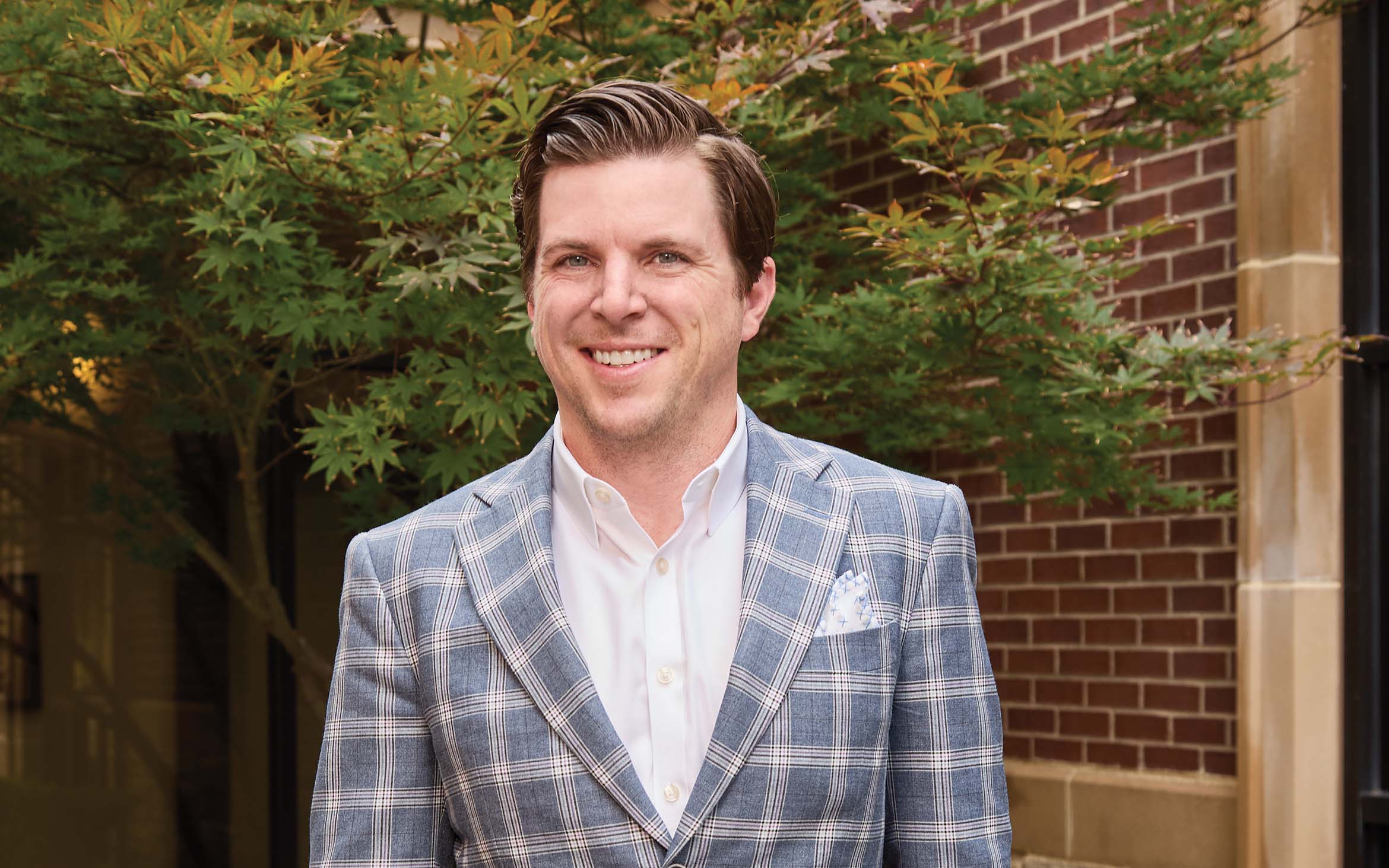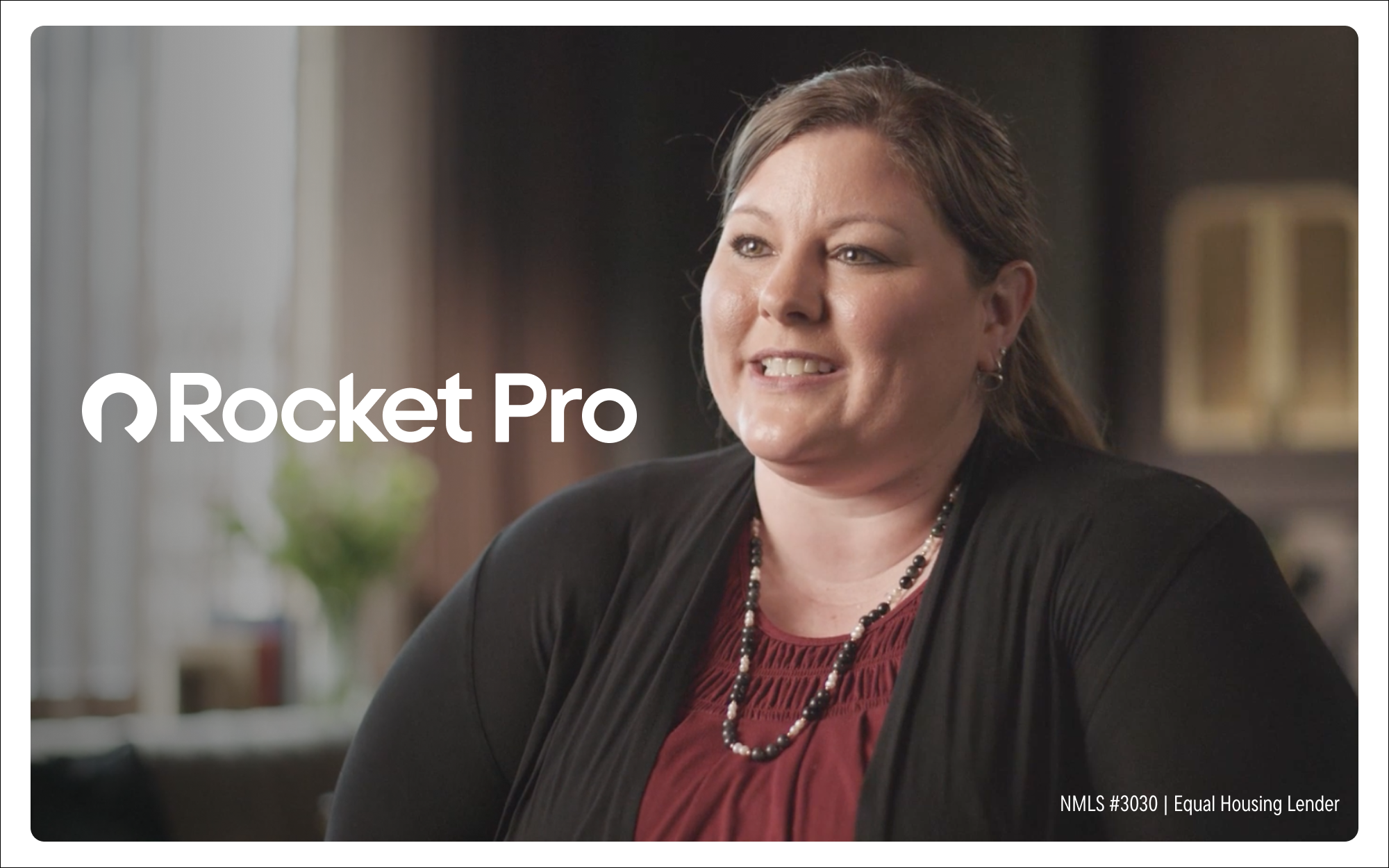Community banks are seizing opportunities to grow SBA lending and provide small and minority-owned businesses with capital that would otherwise be difficult to find.
Growing SBA lending for small businesses
May 02, 2023 / By Beth Mattson-Teig
Community banks are seizing opportunities to grow SBA lending and provide small and minority-owned businesses with capital that would otherwise be difficult to find.
Brian Egner built a solid career working in the manufacturing industry over nearly three decades. When he and his wife decided to relocate from Wisconsin to Florida, he decided it was time to think about being his own boss.
Quick Stat
75%
of 7(a) and 504 loans' risk is backed by the SBA
His search for small businesses to buy led him to Fort Myers-based Architectural Metals of SW Florida, an aluminum fabrication business that manufactures and installs building materials, such as awnings, ramps and stairs.
Making that dream come true hinged on financing. Egner used a Rollover as Business Start-up (ROBS) plan to give him access to his retirement funds for the down payment. And with the help of First Bank of the Lake in Osage Beach, Mo., he was able to secure a 7(a) loan to purchase the business in March 2021, followed by a 504 loan in June that he used to also acquire its building. “I don’t think I could have pulled it off without the Small Business Administration loans,” says Egner.
Although Architectural Metals had good cash flow, it lacked the collateral needed to qualify for a conventional small business loan. First Bank of the Lake was able to underwrite the loan thanks to the SBA guarantee, which backs 75% of the risk. “The bank was great to work with, and they really understood how this was a great opportunity for me,” says Egner. He’s taking advantage of the booming growth in Florida and plans to continue to expand the 20-person business in the future.
“PPP put SBA in front of everybody in a way that it never has been before.”—Annemarie Murphy, First Bank of the Lake
Quick Stat
1,600
financial institutions originated 7(a) and 504 loans in 2022
Community banks have long played an important role in helping entrepreneurs and small business owners access SBA 7(a) and 504 loans that provide critical capital to start and grow their businesses, as well as weather economic challenges. According to the SBA, more than 1,600 financial institutions originated $25.7 billion in 7(a) loans and another $9.2 billion in 504 loans in 2022.
Many in the industry credit the surge in Paycheck Protection Program (PPP) lending in 2020 and 2021 with spurring more community bank involvement in SBA lending. “PPP put SBA in front of everybody in a way that it never has been before,” says Annemarie Murphy, executive vice president and president of SBA lending at $525 million-asset First Bank of the Lake.

Although the PPP program was created as a separate financing program, it was essentially built on top of the existing 7(a) program. Banks processed their PPP loans on the SBA’s E-Tran system, which is the same system that preferred SBA lenders use. Providing PPP loans allowed many community banks to “learn the ropes” and develop a skill set that they could transfer into the 7(a) program, notes Stephen Keen, vice president of congressional relations at ICBA. “We have seen an uptick in the number of community banks participating in the SBA 7(a) program,” he says.
“We hope that a dedicated team will really help us ramp up our ability to put capital in the hands of businesses, and in a lot of cases, minority businesses.”—Travis C. Rouse, M&F Bank

One of those banks is M&F Bank in Durham, N.C. The $400 million-asset community bank was an active participant in the PPP, helping to originate about 800 loans totaling more than $35 million. And it’s now in the process of scaling up its SBA lending business. “That gave us a stepping stone to some new relationships that we didn’t have before, and it also gave us an opportunity to become more comfortable using SBA,” says Travis C. Rouse, senior vice president and chief sales and lending officer.
M&F Bank currently has seven bankers who are originating SBA 7(a) and 504 loans across its footprint in North Carolina, and it's expanding that team with new hires that include an SBA manager and a production banker who will focus exclusively on SBA. “We hope that a dedicated team will really help us ramp up our ability to put capital in the hands of businesses, and in a lot of cases, minority businesses,” says Rouse.
“The key is that SBA is a credit enhancer; it’s not a credit mitigant. So, it doesn’t make a bad loan good, but it does make a good loan better.”—Randy Vicknair, First Guaranty Bank
Supporting small businesses
The 7(a) program is a way for banks to help their small business clients access capital, while still managing their own loan risk. The government guarantee loan program provides loans to small businesses that don’t qualify for conventional small business loans.
“The key is that SBA is a credit enhancer; it’s not a credit mitigant,” says Randy Vicknair, chief lending officer at First Guaranty Bank in Hammond, La. “So, it doesn’t make a bad loan good, but it does make a good loan better.”
For example, the $3 billion-asset community bank recently provided a 7(a) loan for a business that had been a customer for a number of years. The company specializes in online sales of business promotional products and was looking for capital to make acquisitions that would allow it to grow. According to Vicknair, one of the reasons SBA was a good fit is because the customer didn’t have a lot of collateral to put up. “We were able to use the SBA guarantee to mitigate that piece of it, because that guarantee acts as collateral coverage for the bank,” he says.
Looking ahead to the rest of 2023, community bankers expect the need for SBA loans to grow due to what some anticipate will be a more challenging economic environment. It’s already getting tougher to qualify small business clients in the rising-rate environment, notes Rouse. “With higher interest rates, there will be fewer opportunities on the table for businesses to access credit, and borrowing will be that much more expensive,” he says.
Banks are going to look at SBA as a “safer play” in the lending arena, because they do get that government guarantee, adds Vicknair. He also anticipates strong borrower demand in 2023 going into 2024, both from customers who may be facing greater challenges and those who see opportunities for growth.
“When there is uncertainty and unknowns, that is sometimes when you can do really well in the business world,” he says, "and I think there are going to be a lot of people who want to seize that opportunity and will need to go the SBA route to do so.”
Making “good” loans
The basic premise behind the SBA loan programs is that to qualify for an SBA loan, credit cannot be available elsewhere on reasonable terms for that small business. “So, a lot of SBA lending comes down to threading that needle,” says Murphy.
Sometimes, borrowers are technically too strong for an SBA loan, and they really should be getting a conventional loan. On the flip side, when a lender is trying to qualify a small business for a conventional loan, these small businesses don’t fit into that conventional box very easily, according to Murphy.
However, SBA lending can be intimidating and complex. The SBA’s rulebook—the Standard Operating Procedure (SOP) describing eligibility requirements, policies and procedures for the 7(a) and 504 programs—spans more than 400 pages. “When conventional lenders hear SBA, they get nervous, because they immediately think it is complicated and there is a lot of nuance to it, but everything you need to know is right there in the SOP,” says Vicknair. “It’s just a matter of doing the research to find the answers.”
First Guaranty Bank also goes to the SBA directly through its email help system, as well as local agents.
“The biggest challenge from our perspective is making sure we identify the proper opportunities for the bank,” Vicknair says.
“There are going to be a lot more opportunities in 2023, but not all of them are going to be loans that you should do,” he adds. “So, we have to be very careful from a credit perspective that we’re pursuing the right opportunities.”
Growing SBA platforms
Bankers who are sharpening their strategies for growth can learn others. For example, First Bank of the Lake hired Murphy in 2019 to launch a national SBA and USDA government guarantee lending platform. Since then, the bank has grown from being the 147th ranked SBA lender in the country to a top 20 lender, originating $306 million in SBA loans in 2022.
One of the biggest keys to success is training and having staff who understand the program.
“Most of us here have been in SBA lending for decades, and we stay on top of what’s going on with the agency and what changes are occurring with the program to make sure that we not only protect the borrower, but also protect the agency and the bank,” says Murphy.
First Guaranty Bank’s growth in SBA lending was accelerated by the expertise it gained during its 2017 acquisition of Synergy Bank in Texas. “For the last several years, we’ve worked to continue to expand that by educating our lending team on how to identify SBA lending opportunities, and how to structure them with the help of the analyst team or the closing team,” says Vicknair. In the past two years, First Guaranty Bank has been on track to originate about 18 SBA loans per year.
Vicknair credits the bank’s people and their willingness to learn more about SBA lending for that growth. To aid its lending team in growth and development, First Guaranty Bank conducts training seminars and uses resources from the National Association of Government Guaranteed Lenders (NAGGL).
“What has really benefited our lending team directly is the knowledge of what makes a loan eligible for SBA,” Vicknair says. “Understanding the basic eligibility requirements has been crucial, because they will know pretty quickly right off the bat if this meets or does not meet an SBA loan.”
Any community bank can get into the SBA program by signing an agreement with the SBA. If a bank is not doing a lot of SBA loans, the bank generally underwrites the loan and then sends it to the SBA to underwrite, and that protects the bank’s credit decision. “So, for banks that don’t have the resources to put into a lot of staff, that’s a safe way to do it, because the SBA has validated your decision by underwriting it themselves,” says Murphy. She notes that the bank still must close, disburse and service the loan in accordance with the authorization.
Even for banks that might only do two or three SBA loans a year, it can add value to the bank and the communities they serve. “As community banks, we’re fighting to keep our deposits and our customers, and a lot of small businesses don’t fit into that conventional bank box very easily,” says Murphy. “SBA loans allow you to take care of your customer and keep them as your customer.”
Proposed rule changes could alter the SBA 7(a) landscape
ICBA has been vocal in its opposition to SBA proposals that it believes could undermine the integrity of the 7(a) lending program. “Small businesses create millions of jobs in the U.S.” says Stephen Keen, ICBA vice president of congressional relations. “If this program is harmed, there can be real-life consequences to Main Street Americans.” The focus is on two key proposed rule changes that would:
Lift the existing moratorium on Small Business Lending Companies (SBLCs), which are non-federally regulated institutions, including fintech companies, that can make loans under the 7(a) program
Loosen or remove 7(a)’s requirements for how lenders underwrite loans and how borrowers may use loan funds
Bankers fear that expanding the universe of non-regulated institutions along with loosening of underwriting standards will result in riskier loans being made and higher loan defaults.
“Our concern is that if these [nonbank] lenders are allowed to move from the PPP to the SBA 7(a) program, it will carry over some of the problems that occurred under the PPP,” says Keen.
ICBA sent a joint comment letter to the SBA in January expressing its concerns and is participating in a coalition of 7(a) lenders pushing for regulatory hearings on the proposed changes.
However, the final rule could be finalized imminently. ICBA is encouraging bankers to reach out to their elected officials and the SBA to express their concerns.
By the numbers: SBA funding and impact in FY22
$25.7 billion in 7(a) loans
Returning to pre-pandemic levels, nearly 47,700 loans were provided to small businesses in FY22. And roughly two-thirds of the loan volume, 68%, were loans of $350,000 or less.
$9.2 billion in 504 loans
Working with authorized Certified Development Companies (CDCs), the SBA’s 504 program delivered 9,254 fixed-rate loans for equipment and real estate to small businesses, which is the highest lending level in the program’s history. According to reporting by CDCs, the program provided $2.5 billion in lending to minority business owners and almost $900 million to women-owned businesses, while the number of rural small businesses served increased by nearly 15%.
$82.6 million in microloan funding
Among the 5,055 microloans that were originated, 76% of loans went to underserved communities, including Hispanic-owned and Black-owned small businesses.
Subscribe now
Sign up for the Independent Banker newsletter to receive twice-monthly emails about new issues and must-read content you might have missed.
Sponsored Content
Featured Webinars
Join ICBA Community
Interested in discussing this and other topics? Network with and learn from your peers with the app designed for community bankers.
Subscribe Today
Sign up for Independent Banker eNews to receive twice-monthly emails that alert you when a new issue drops and highlight must-read content you might have missed.
News Watch Today

Join the Conversation with ICBA Community
ICBA Community is an online platform led by community bankers to foster connections, collaborations, and discussions on industry news, best practices, and regulations, while promoting networking, mentorship, and member feedback to guide future initiatives.












